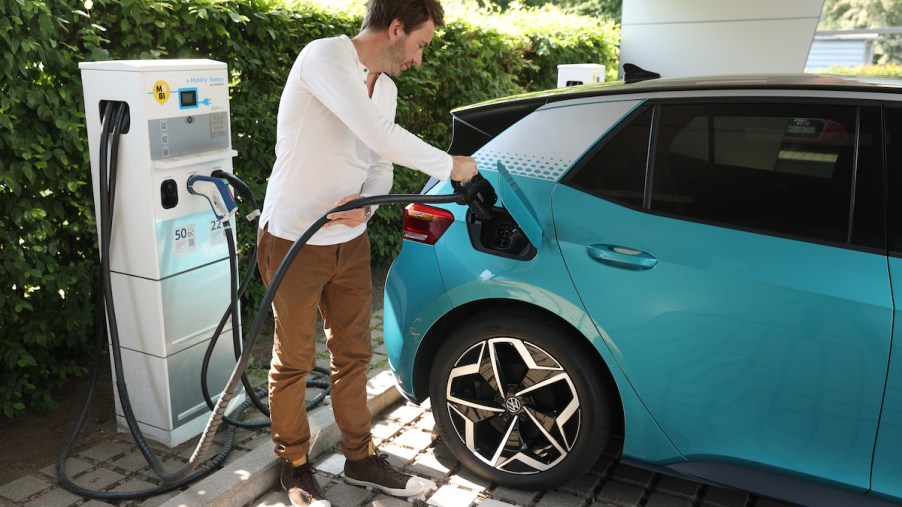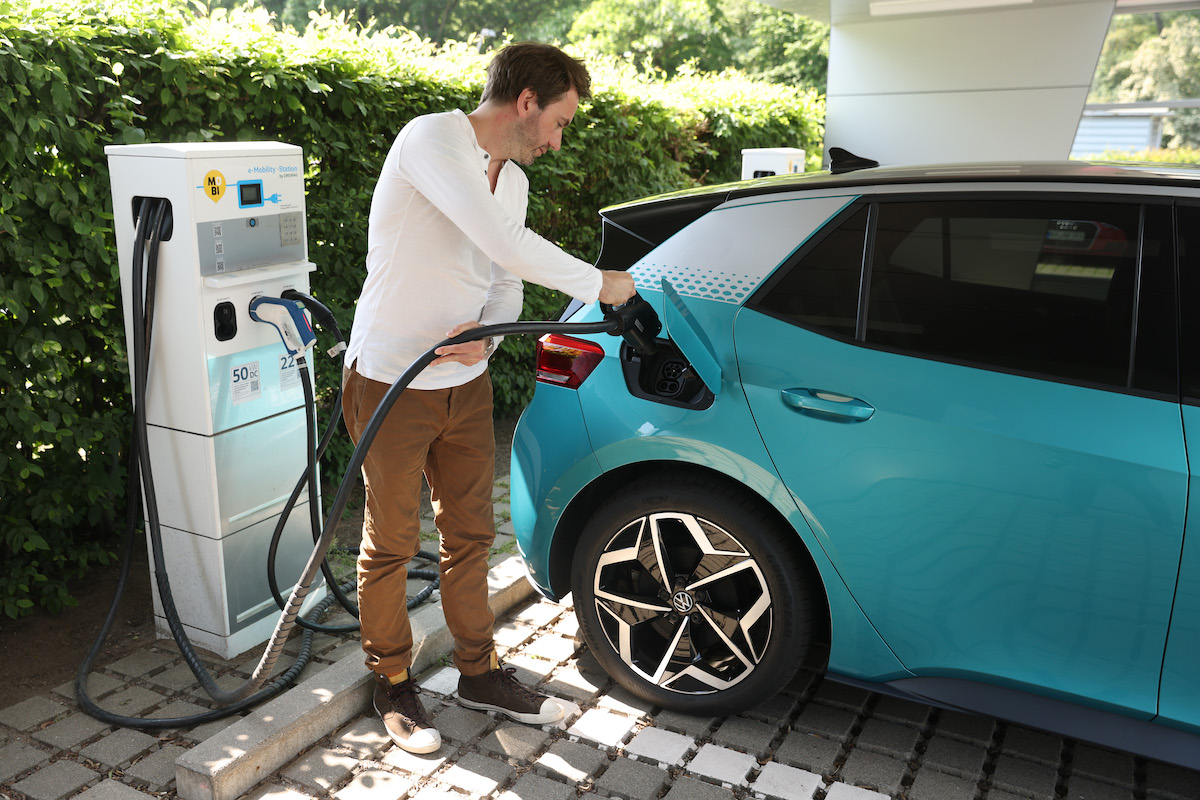
Everything You Need to Know Before Buying an EV
Electric vehicles are becoming more prevalent as consumers grow more conscious of climate change. With all industries examining their products and operations to determine how to reduce their carbon footprint, EVs provide a solid strategy for automakers to do so. Governments are joining the push by offering incentives to EV buyers.
But despite being more eco-friendly and, under certain circumstances, more affordable than similar vehicles, EVs have some inherent challenges that shoppers should consider before rushing out to buy one.
What kinds of EVs are there?

The first thing you should understand is the different types of electric vehicles available. Not only are there battery electric vehicles (BEVs) that operate solely off an electric charge and produce zero emissions. But there are also hybrid EVs (HEVs), which run off an electric motor and a gas-powered engine. HEVs are driven by gas rather than by charge and produce low emissions. Finally, plug-in hybrid electric vehicles (PHEVs) include batteries larger than those found in HEVs. They can operate on gas or a charge.
But when most people think of electric cars, they think of the battery-powered variety. Indeed, plenty of auto manufacturers produce EVs these days, some of which are pretty popular. Tesla has long made waves for its electric vehicles, such as the Model S, Model 3, Model X, and Model Y. Other popular EVs are the Hyundai Ioniq, Kona Electric, Porsche Taycan, Audi e-tron, Nissan Leaf, Ford Mustang Mach-E, Volkswagen ID.4, and Chevrolet Bolt.
A recent WFAE report notes there are roughly 50 EV models in the United States, and that number is expected to triple by 2025.
Each of the above examples made Car and Driver’s list of bestselling vehicles in 2021. Though you’ll have to pay a premium for some of them, others are priced comparably to their gas-powered alternatives. For example, you can purchase an Ioniq for $34,250 and a Leaf for $32,620. Looking at an ID.4 or Mustang Mach-E, you’ll pay $41,190 or $43,995. You can get a relatively inexpensive Tesla — the Model 3 or Model Y ($38,690 or $41,190) — but others start much higher. Indeed, some EVs, like the e-tron, start at $66,995 or more.
However, you can offset the costs of an EV purchase with federal tax incentives. You can get a federal tax credit of up to $7,500 for your purchase. The credit is good for the first 200,000 EVs that an automaker manufactures. Once it sells 200,000 units, the credit drops to half and then expires one year after the 200,000th unit sells. Given their sales success, Tesla and General Motors vehicles no longer qualify for the credit. But many states offer incentives such as tax credits, rebates, and exemptions on certain fees, which can further reduce your costs of purchasing an EV.
What you should know about driving range
One of the most important things to understand about EVs is driving range. The driving range (how far the vehicle can travel on a full charge) varies widely among EVs. For example, the Nissan Leaf offers only 149 miles of driving range with its standard powertrain. By contrast, the Tesla Model S’s Long Range Plus variant can reach 402 miles on a single charge, though most EVs fall between 200 and 300 miles of driving range.
Because EVs are still a relatively new automotive product, the infrastructure does not yet exist to support them fully. Unlike their gas-powered counterparts, electric vehicles do not enjoy a charging station every couple of miles. Some charging stations are free, but most charge fees by the kilowatt hour. And though many EVs are designed for home charging, not everyone’s living situation makes home charging feasible. Some states, notably California, have made great strides in rapidly expanding the number of available charging stations. But in large swaths of the country, this infrastructure is sparse or nonexistent.
The uneven nature of EV charging infrastructure has given way to range anxiety. EV drivers often experience considerable anxiety that they will not make it to the next charging station or destination before their EV battery dies. Concerns about range anxiety have made many prospective buyers reluctant to close on an EV, instead often purchasing PHEVs.
Automakers have sought to quell range anxiety in some cases by making available the use of a gas-powered car for free for a limited time each year with the purchase of an EV. Battery swapping stations are also on the rise, where drivers can swap out a dying or dead battery for a fully charged one.
How has the EV market weathered the pandemic?
While the pandemic has had an outsize impact on the auto industry, EV sales in North America have remained relatively strong. According to Automotive World, EV production saw little disruption in 2020. And sales surged in North America, Europe, and China in 2021, Power Technology reports. Fueling sales are increased demand for new vehicles in general, new proposed federal incentive programs, and increases in new desirable models of EVs.
While electric vehicles face similar supply chain challenges as gas-powered automobiles, many carmakers have announced plans to increase EV production in the coming years. For example, Ford plans to expand EV production to 600,000 units by 2023. According to Consumer Reports, Honda is working toward complete electrification in the U.S. by 2040, while BMW plans to introduce a dozen new electric models by 2025.
Other new developments? Prospective buyers could own a new GMC Hummer EV or Subaru Solterra by 2022, an electrified Jaguar by 2025, or a Land Rover EV by 2030. Many other automakers have ambitious plans to sell millions of new electric vehicles over the next decade and bring even more new models to market. Given the growing options (each eligible for the federal tax credit), buying an EV now or soon might be a good choice.


